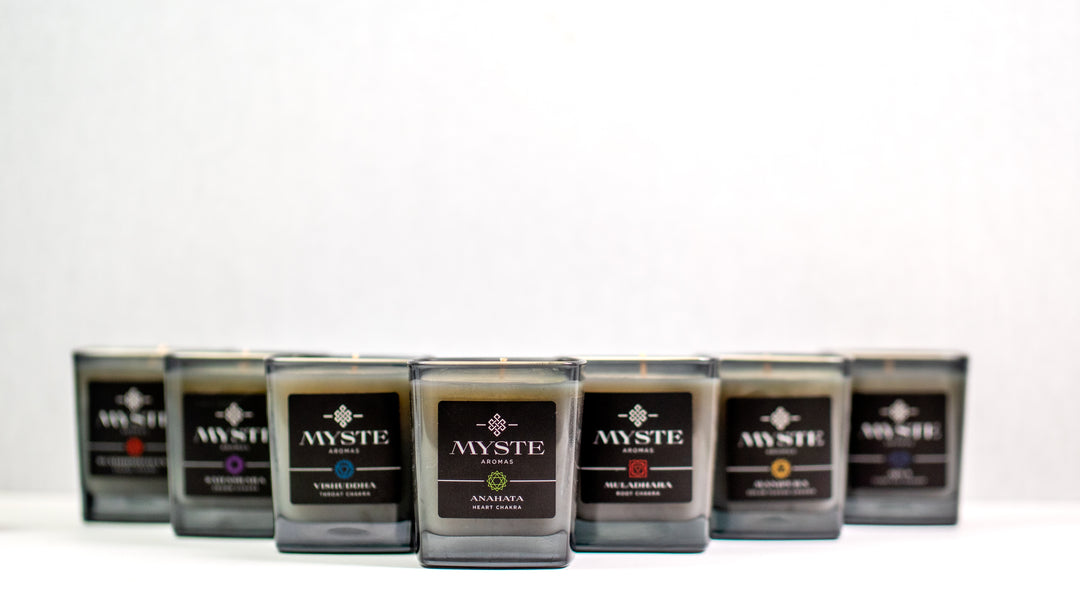Natural Wax Candles vs Petroleum Based Wax Candles: Which is Better?
Guide to Choosing Candles, Natural wax or Petroleum Based. Which is Better?

Candles, with their ability to transform a room's ambiance, have been used for centuries. Whether for relaxation, aromatherapy, or mere illumination, their popularity has persisted. However, with so many choices available, understanding candle compositions becomes crucial to make informed decisions.
At the core of every candle is its wax. Different waxes have distinct properties, origins, and environmental impacts. The most common types include paraffin, beeswax, soy wax, palm wax, and coconut wax.
Paraffin wax, derived from petroleum, is a prevalent choice due to its affordability and easy availability. It holds fragrance well and is adaptable in terms of appearance. However, there are concerns over its environmental footprint and potential to release harmful chemicals when burned.
In contrast, natural waxes such as beeswax and soy wax have grown in popularity. Beeswax, a by-product of honey production, is known for its pleasant natural scent and long burn time. Soy wax, derived from soybeans, is renowned for its clean burn, biodegradability, and excellent scent throw. Both types, being natural, usually have fewer toxins than their petroleum-based counterparts.
When selecting candles, several key factors play a role:
-
Burn Time: Natural wax candles, especially those made of beeswax and soy, often burn longer than paraffin wax candles, offering extended enjoyment.
-
Soot and Smoke Production: Paraffin wax can release more soot and smoke, potentially impacting indoor air quality. In contrast, beeswax and soy wax candles produce minimal soot, ensuring cleaner air.
-
Appearance: Natural wax candles like beeswax give a warm, golden glow, while soy wax offers a creamy texture. Paraffin's appearance varies depending on its formulation.
-
Safety: Natural waxes have lower melting points, reducing risks like burns or accidents. Regardless, adhering to general candle safety guidelines is vital.
From a health perspective, the type of wax matters. Natural wax candles emit fewer volatile organic compounds (VOCs) and generally improve indoor air quality. Those with allergies might find natural waxes more accommodating, although certain scents or fragrance oils might still trigger sensitivities. On the toxin front, paraffin wax candles, when burned, might release chemicals like benzene and toluene, which are known irritants.
Environmental considerations have also fueled the natural candle movement. Beeswax and soy waxes come from renewable sources, unlike paraffin, which is derived from non-renewable fossil fuels. Furthermore, the carbon footprint of natural wax candles is often lower, and they are biodegradable, reducing landfill waste.
Considering the surge in demand for sustainable alternatives, other options like coconut wax (from coconut meat) and palm wax (from sustainably harvested palm oil) have also gained traction.
In conclusion, your candle choice hinges on personal preferences, environmental priorities, purpose, and budget. Natural wax candles, with their sustainability and cleaner burning properties, present a compelling case. However, paraffin wax candles remain popular due to affordability and widespread availability. Whichever type you choose, prioritize safety and consider the broader implications of your choice on both health and environment.








Leave a comment